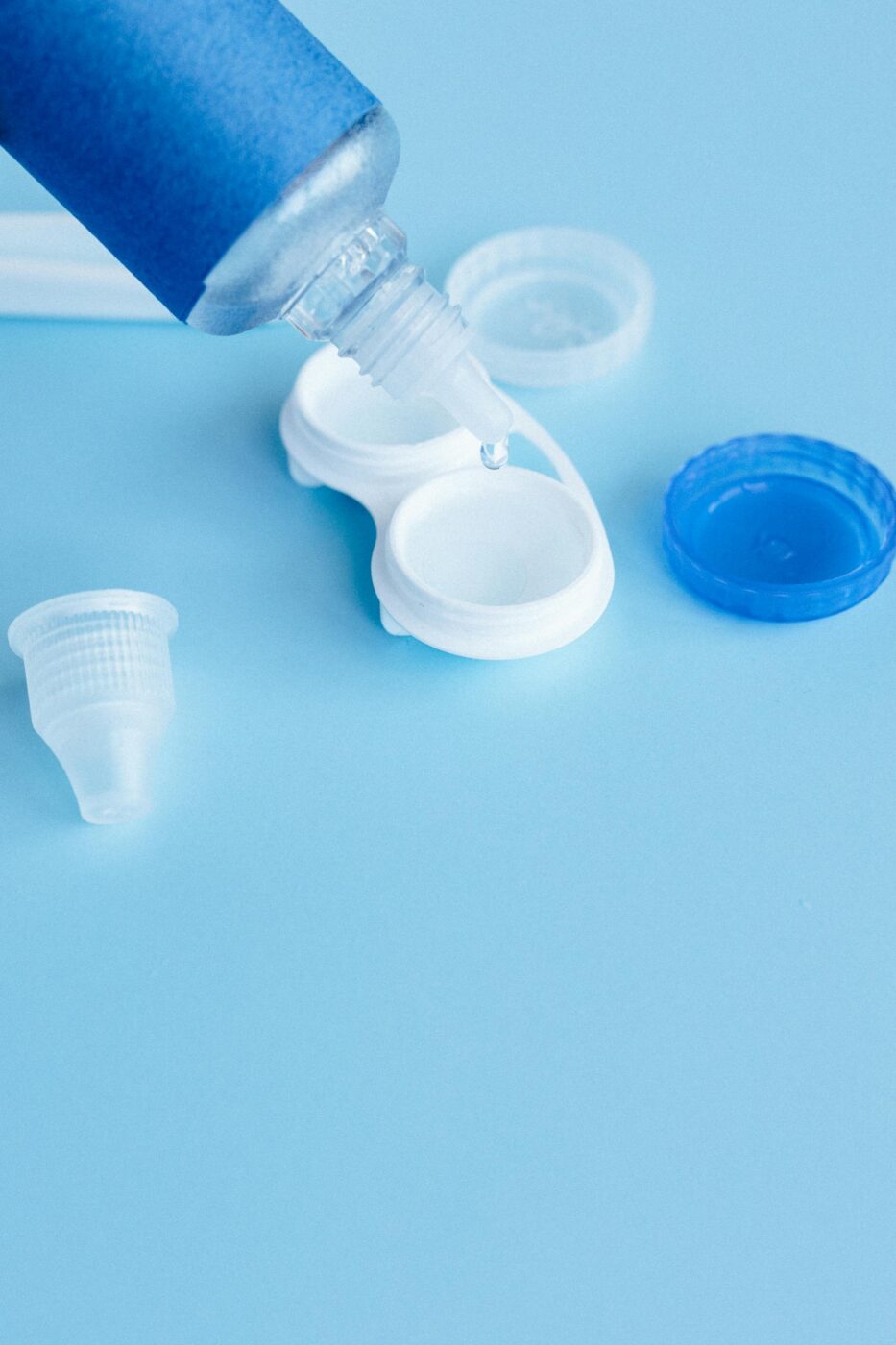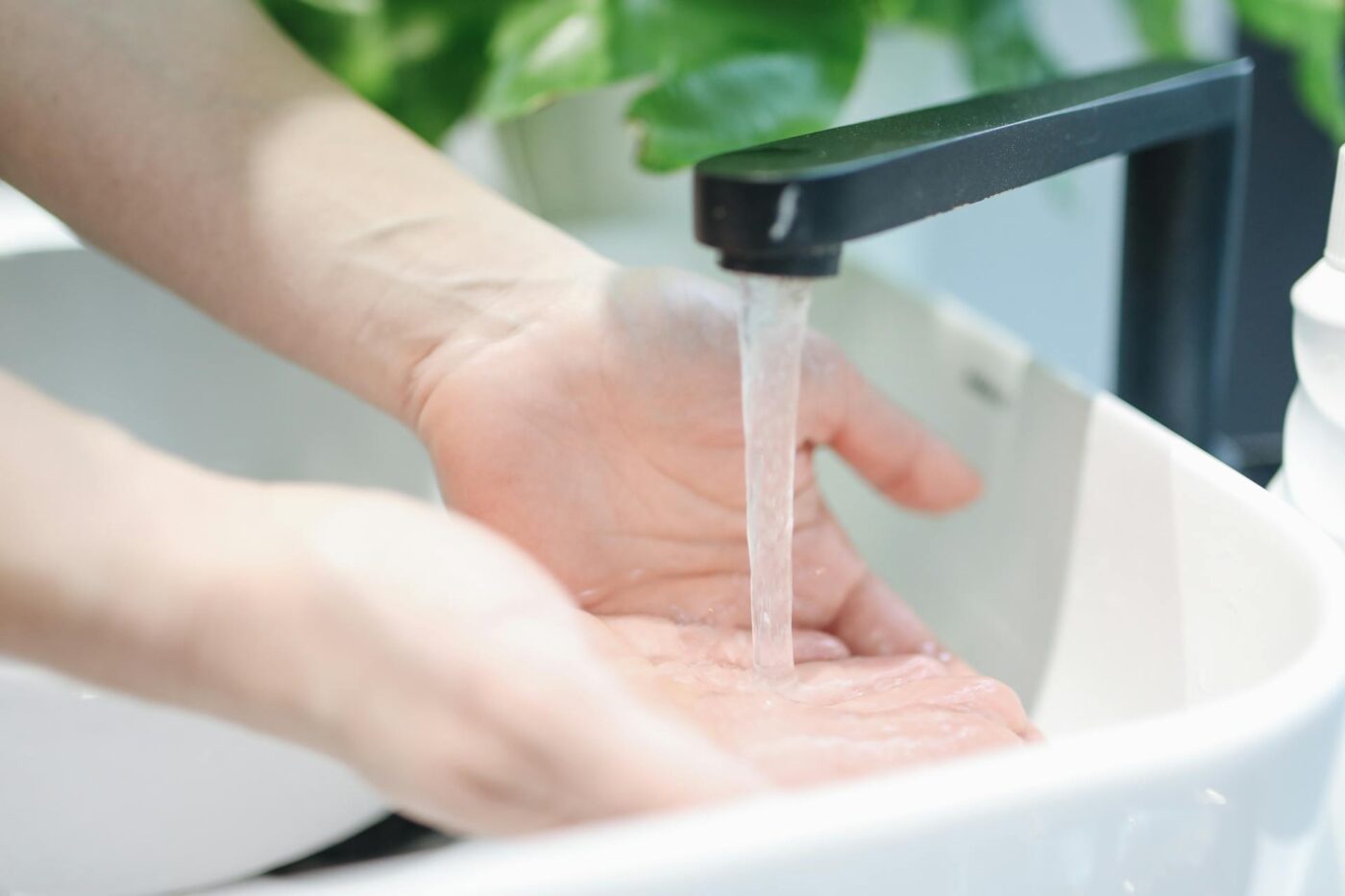An eye stye, or hordeolum, is a common condition that manifests as a red, painful bump on the eyelid. While they are typically not serious, understanding the root causes is essential for effective prevention and treatment. In this article, we will delve into the various causes of eye styes, their risk factors, and the best ways to manage them.
What Is an Eye Stye?
An eye stye is a small, painful bump that appears on the edge of the eyelid. It occurs when an oil gland or hair follicle at the base of an eyelash becomes infected, typically by Staphylococcus bacteria. The infection causes the gland to become inflamed, resulting in a swollen, tender bump that may be accompanied by redness, swelling, and occasionally pus. Styes can form on the external part of the eyelid (external stye) or within the eyelid (internal stye).
Key Causes of Eye Styes
1. Bacterial Infection
The most common cause of an eye stye is bacterial infection. The bacteria responsible for the majority of styes are Staphylococcus aureus, which normally resides on the skin without causing harm. However, when these bacteria enter a clogged oil gland or hair follicle in the eyelid, they can lead to an infection that results in the formation of a stye.
2. Poor Hygiene Practices
Poor hygiene habits are a leading contributor to eye styes. Touching the eyes with unclean hands can introduce harmful bacteria onto the eyelids, increasing the likelihood of an infection. For individuals who frequently rub their eyes or fail to wash their hands before touching their face, the risk of developing a stye is significantly higher.
3. Improper Contact Lens Handling
Wearing contact lenses, especially if they are not cleaned or stored properly, can increase the risk of developing a stye. Contact lenses can introduce bacteria to the eyelid, and if lenses are worn for too long or handled with unwashed hands, they can contribute to blocked oil glands, leading to infection.
Good Practices:
- Always wash your hands before inserting or removing lenses.
- Clean your lenses regularly and replace them as recommended
- Avoid wearing them while sleeping.

4. Underlying Medical Conditions
Certain medical conditions can predispose individuals to styes, particularly those that affect the immune system or cause changes to the skin or glands. Diabetes, for example, can impair the body’s ability to fight infections, making individuals more susceptible to
developing styes. Similarly, conditions like rosacea and eczema can alter the skin’s barrier function, increasing the risk of bacterial infections.
5. Use of Contaminated Makeup
Using expired or contaminated makeup, especially eyeliner, mascara, and eye shadow, can introduce bacteria to the delicate eye area, leading to infections. Sharing makeup products or applying makeup with unclean hands or brushes can also contribute to the development of a stye.
Tips for Safe Makeup Practices:
- Replace eye makeup every 3-6 months.
- Avoid sharing makeup with others, as it can transfer bacteria.
- Clean makeup brushes regularly to reduce bacterial contamination.
6. Hormonal Changes
Hormonal fluctuations can have a significant impact on skin health, including the production of oils in the skin. Changes in hormone levels, such as those during puberty, pregnancy, or menstruation, can increase the likelihood of developing a stye. These fluctuations can lead to the overproduction of oils in the eyelids, which, when combined with bacteria, can result in an infection.
Prevention and Treatment of Eye Styes
Prevention Tips:
- Maintain good eyelid hygiene by cleaning your eyes and face daily with warm water.
- Avoid rubbing or touching your eyes with unwashed hands.
- Use clean makeup and replace products regularly.
- Manage underlying conditions such as blepharitis or diabetes with proper medical care.
- Follow proper contact lens practices such as cleaning your lenses regularly, replacing them as recommended, and avoiding wearing them while sleeping.
Treatment Options for Styes
If you develop a stye, several at-home treatments can help reduce symptoms and promote healing:
- Warm Compresses: Apply a warm compress to the affected area for 10–15 minutes, several times a day. This helps open blocked glands and facilitates drainage.
- Eyelid Massage: Gently massaging the eyelid after applying a warm compress can help clear blocked glands.
- Topical Antibiotics: In some cases, an ophthalmologist may prescribe antibiotic ointments to prevent the infection from spreading.
- Avoid Squeezing: Never attempt to pop a stye, as this can worsen the infection or spread bacteria.
In cases where the stye does not improve with home remedies or if it is particularly large or painful, a healthcare provider may recommend draining the stye under sterile conditions.
Understanding the causes of eye styes is essential for preventing and managing this common eye condition. Bacterial infections, poor hygiene, and clogged oil glands are among the primary contributors, while underlying health conditions and certain lifestyle factors can increase the risk. By practicing good hygiene, managing risk factors, and seeking appropriate treatment when necessary, most people can avoid or effectively treat eye styes.
Can you get LASIK with a stye?
A thorough eye exam is essential before undergoing LASIK treatment. Our eye doctors will determine candidacy and assess for any signs of infection, inflammation, or other conditions that could impact the procedure. If you are considering LASIK and have an eye stye, it’s advisable to wait until the stye has completely healed before scheduling the procedure to make sure the eyes are in optimal health before proceeding with LASIK surgery.
Ready for clear vision after your stye has healed? Take the next step toward better vision at The LASIK Vision Institute. Our experienced team is here to guide you through a safe and effective LASIK experience. Contact us today to schedule a complimentary consultation!

Find a LASIK Surgery Location Near You
We’re located nationwide – it’s easy to find a LASIK Vision Center near you.
References:
American Academy of Ophthalmology. (2020). Stye (Hordeolum). Retrieved from https://www.aao.org/eye-health/diseases/stye
Cleveland Clinic. (2023). Stye (Hordeolum). Retrieved from https://my.clevelandclinic.org/health/diseases/17658-stye
American Optometric Association. (2022). Styes and Chalazia. Retrieved from https://www.aoa.org/healthy-eyes/eye-health-for-life/styes-chalazia
Categories:



